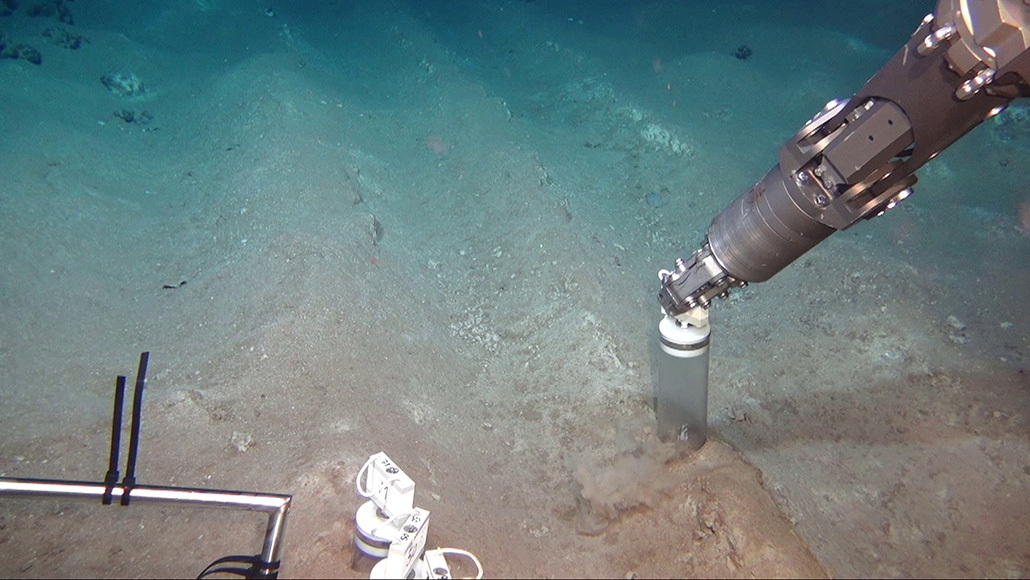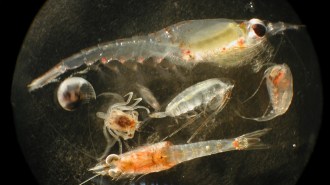Deep-sea mining may damage underwater ecosystems for decades
Microbes disturbed by a seafloor experiment 26 years ago still haven’t recovered

Sediment samples, collected by a remotely operated vehicle off the coast of Peru (shown), reveal that seafloor microbe communities still haven’t recovered from an experiment 26 years ago that mimicked deep-sea mining.
GEOMAR, ROV Kiel 6000




